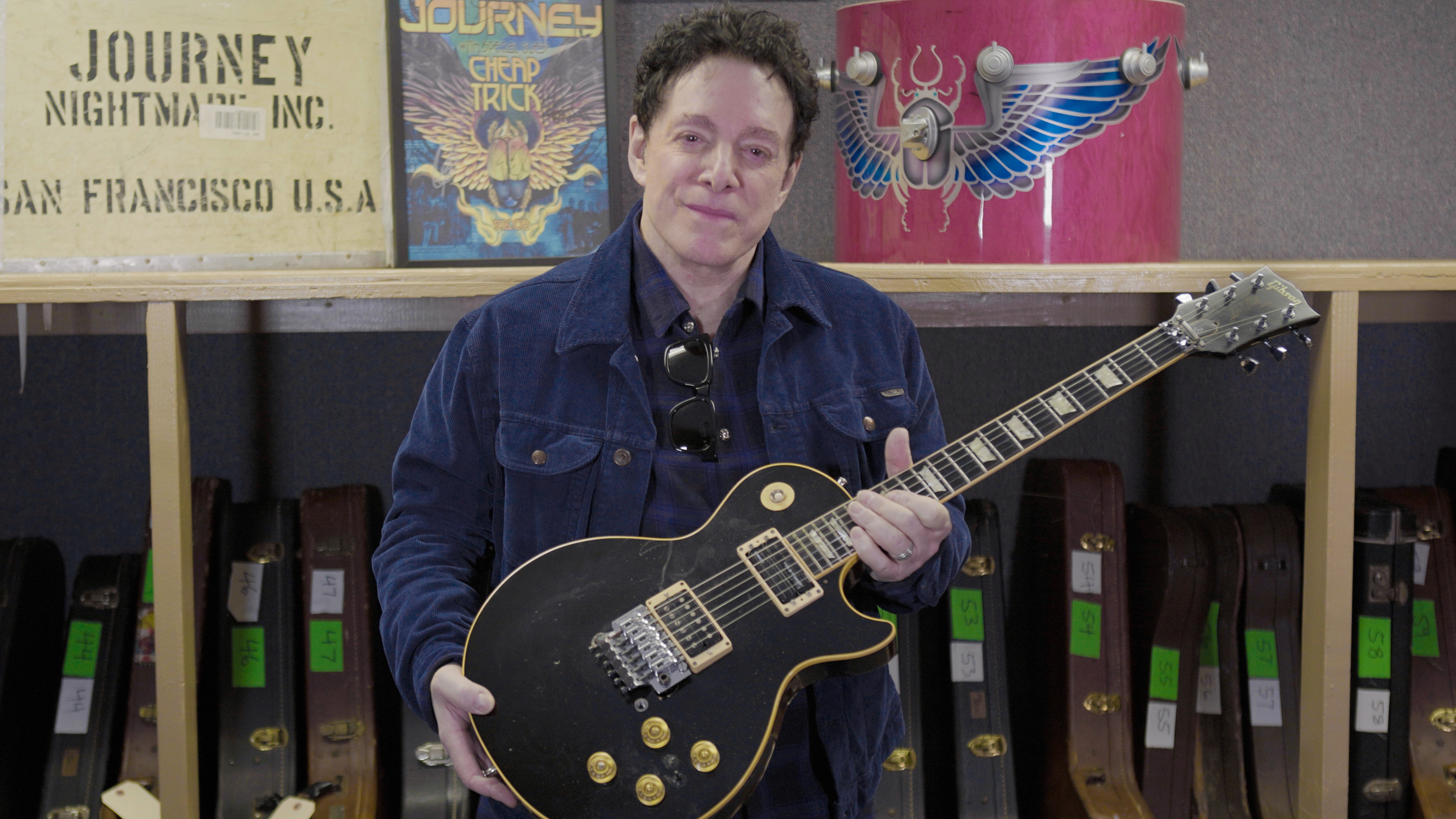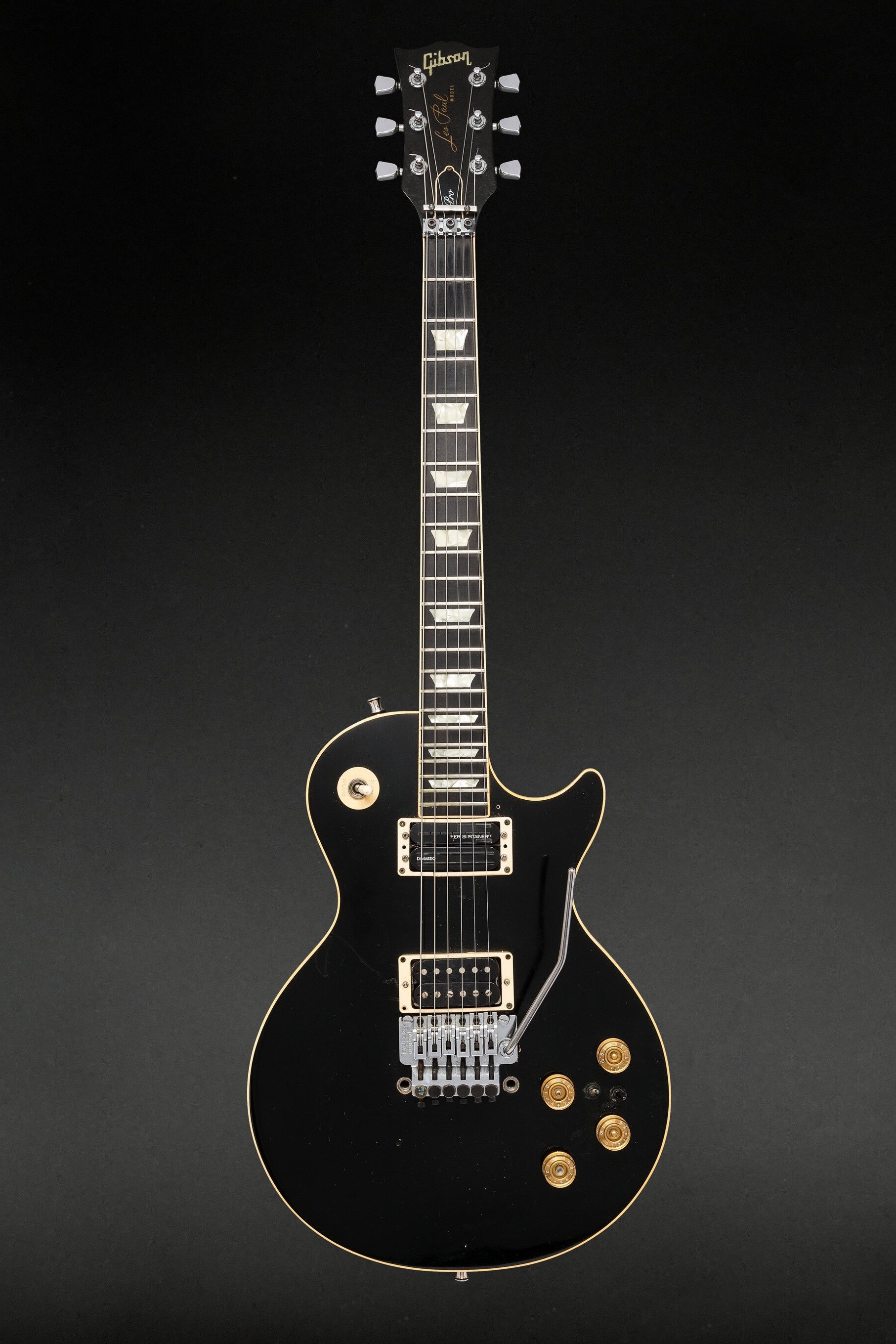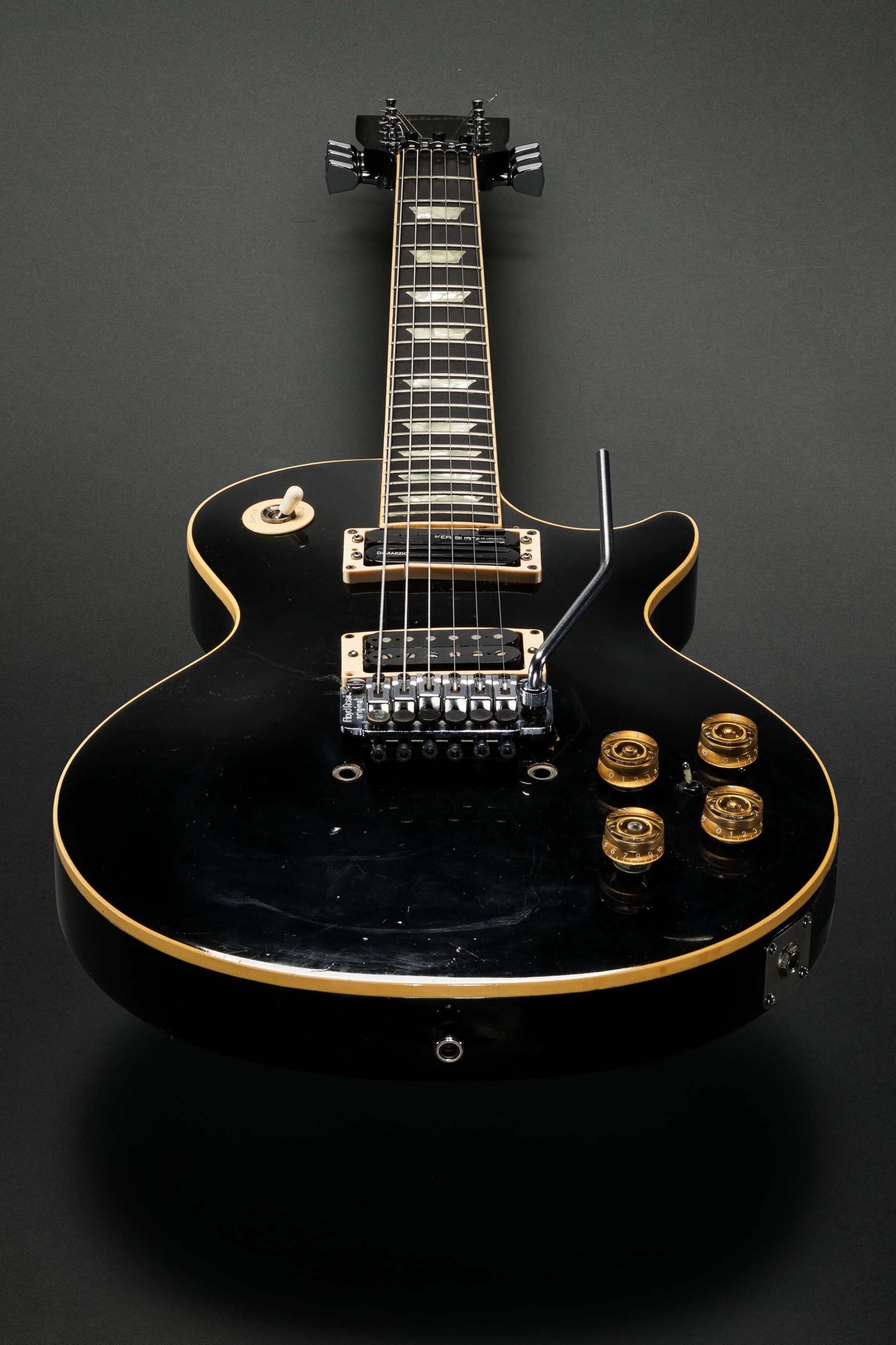Watch Neal Schon Play His Iconic Les Paul for the Last Time
The Rock and Roll Hall of Famer shares a few moments before his old faithful goes to auction.

The black Les Paul used by Neal Schon throughout his illustrious career with the likes of Santana, Journey, and Schon & Hammer is itself about to go under the hammer.

Featuring well over 100 instruments, Heritage Auction’s massive Neal Schon Collection rivals the inventory of many a guitar store. And at its center is the heavily modified Gibson electric guitar that Schon famously used to record a string of Journey classics, including songs from 1981’s chart-topping Escape album such as “Don’t Stop Believin’”, "Stone in Love", and "Who's Crying Now".

Heritage, the largest auction house in the United States – whose recent sales include Kirk Hammett's ESP 400 used in Metallica’s “One” music video ($112,500) and a 1965 Martin D-35 used by Bruce Springsteen ($68,750) – are due to start the bidding at the end of this month on July 31.
The opening bid is currently set at $200,000.

In this video, Schon retraces the workhorse guitar’s fabled history and gives us a taste of its sweet, ringing tone as heard on the Journey records at the peak of the band's popularity.
Read more about this historic guitar here
Buy Journey's Escape album here
All the latest guitar news, interviews, lessons, reviews, deals and more, direct to your inbox!

Rod Brakes is a music journalist with an expertise in guitars. Having spent many years at the coalface as a guitar dealer and tech, Rod's more recent work as a writer covering artists, industry pros and gear includes contributions for leading publications and websites such as Guitarist, Total Guitar, Guitar World, Guitar Player and MusicRadar in addition to specialist music books, blogs and social media. He is also a lifelong musician.

